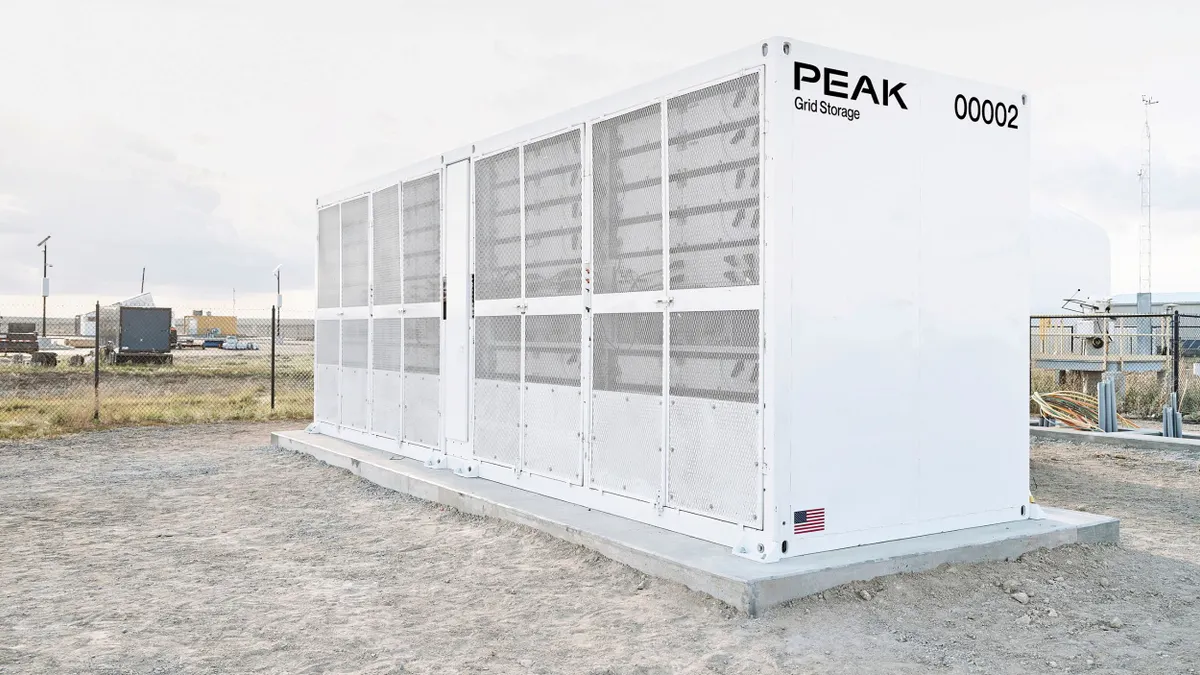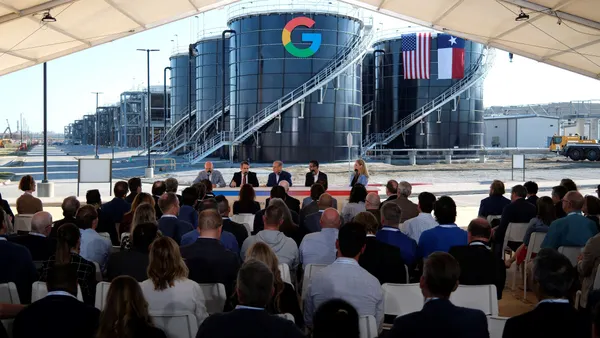Adam Cornille is a senior director of advanced analytics at Logic20/20.
Today’s utilities face a broad array of challenges — from aging infrastructure to escalating climate emergencies to rising costs — all while working with limited resources. Traditional methods of risk management, often driven by standard schedules and corrective maintenance, are no longer sufficient to meet the demands of the moment. As threats become more frequent, severe, and interconnected, utilities need a data-driven strategy for making effective, defensible investment decisions.
Risk-spend efficiency, or RSE, has emerged as a standard for evaluating and prioritizing risk mitigation investments, allowing utilities to maximize the impact per dollar. For RSE to be effective, utilities must have a full and accurate understanding of the potential costs and impacts of mitigation efforts under consideration. This is where data and AI are critical to the process.
AI enables utilities to integrate and analyze data from multiple facets of operations, delivering the dynamic risk profiles needed to yield informed investment insights. Having a full range of operational data included in RSE analysis allows it to accurately reflect real world impacts of hardening, asset management, vegetation management and other risk reduction programs. RSE gives utilities a scalable tool that adapts to changing organizational needs and environmental risks.
Delivering on the full potential of RSE supported by AI requires the right technical foundation — starting with integrated data pipelines and scalable platforms.
Building the foundation
AI-driven RSE requires two foundational elements: high-integrity data pipelines and modular, flexible platforms. The pipelines are essential for preparing and delivering varied data from diverse sources (asset specifications, weather forecasts, etc.), while the platforms make this data usable at scale to support comprehensive analysis and reliable outputs.
Our team recently helped a large utility upgrade the foundation of its RSE program with modular data pipelines so that investment scenarios can be reliably and confidently produced. These enhancements improved the organization’s ability to manage large datasets, ensure transparent risk scoring and adapt to evolving regulatory requirements. Working with us, the utility laid the groundwork for a more scalable, AI-driven approach to risk-spend efficiency.
Making insights actionable
RSE frameworks only add value if utilities use them for day-to-day decision-making. AI models produce forecasts that help teams visualize the impact of investment decisions before committing resources. When presented through user-friendly dashboards, these insights allow planners, engineers and executives to test strategies and evaluate the results of different trade-offs. AI also enables scenario modeling tools to evolve with new data, supporting continuous adaptation to changing risk conditions.
Driving continuous improvement
When predictions align with outcomes, RSE frameworks gain credibility and build trust among decision-makers. The incorporation of AI creates automated feedback loops, enabling models to self-adjust as new data becomes available. Over time, forecasts become more accurate and investment insights more reliable.
This iterative cycle transforms RSE from a one-off decision-making tool into a system for continuous learning that helps utilities refine forecasts, optimize the use of resources, and develop more impactful mitigation strategies.
In today’s rapidly evolving landscape, traditional approaches to risk planning are no longer sufficient. RSE, powered by AI, offers utilities a powerful tool for using real-world data to drive optimized mitigation decisions. RSE provides the framework; AI makes it dynamic and scalable. As risks grow in both intensity and complexity, utilities that adopt this approach can shift from reactive planning to proactive strategy and face the future with greater confidence.













